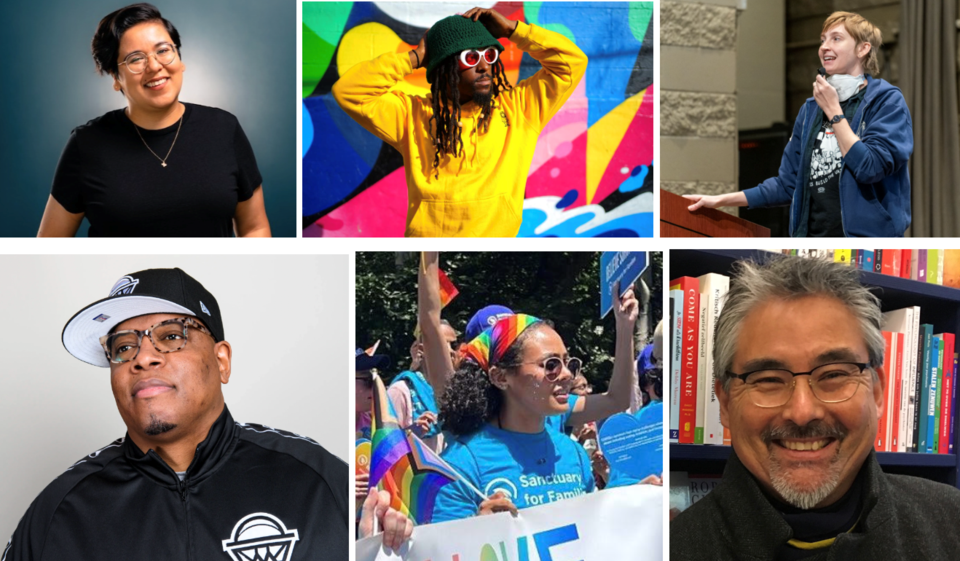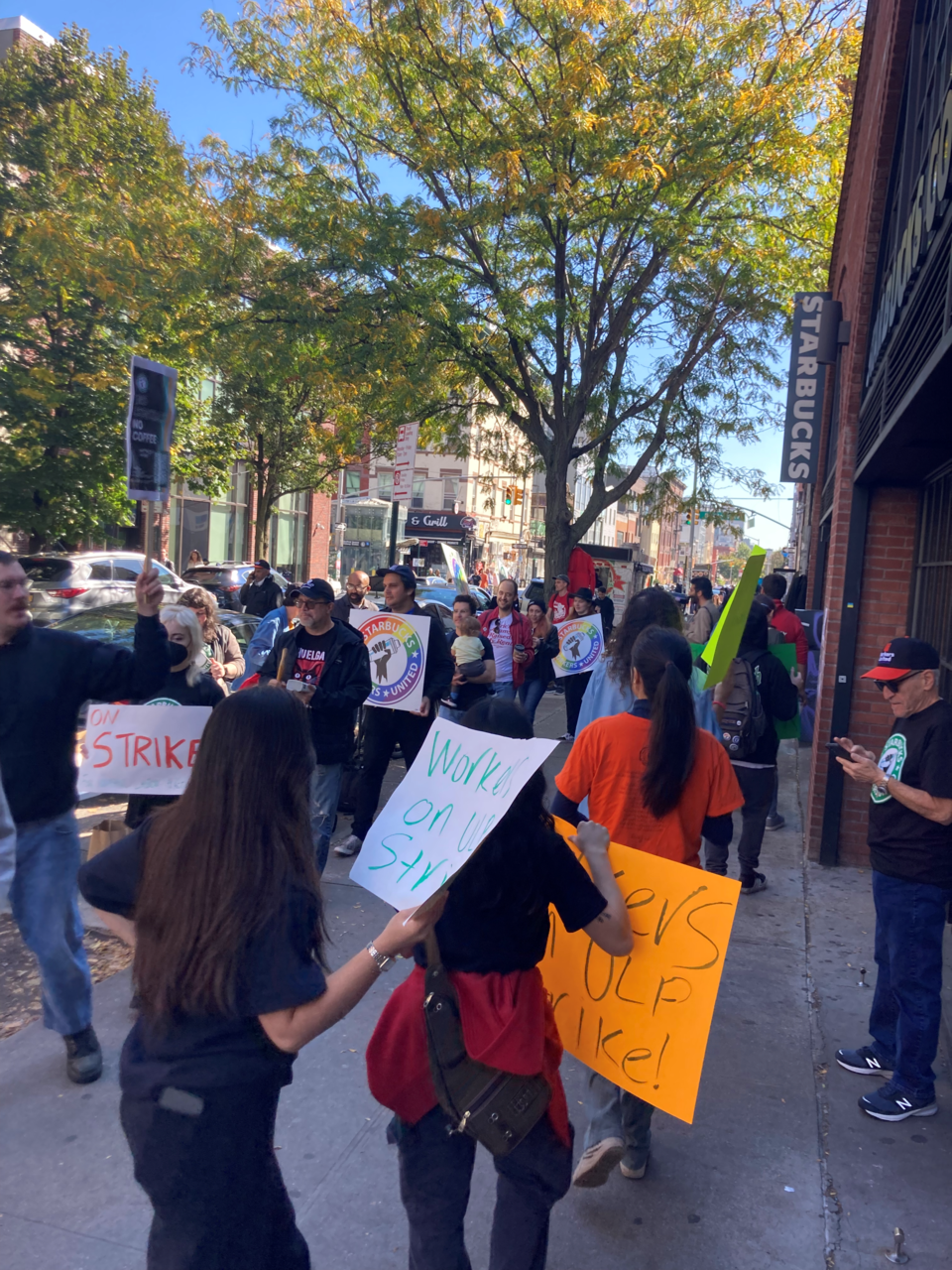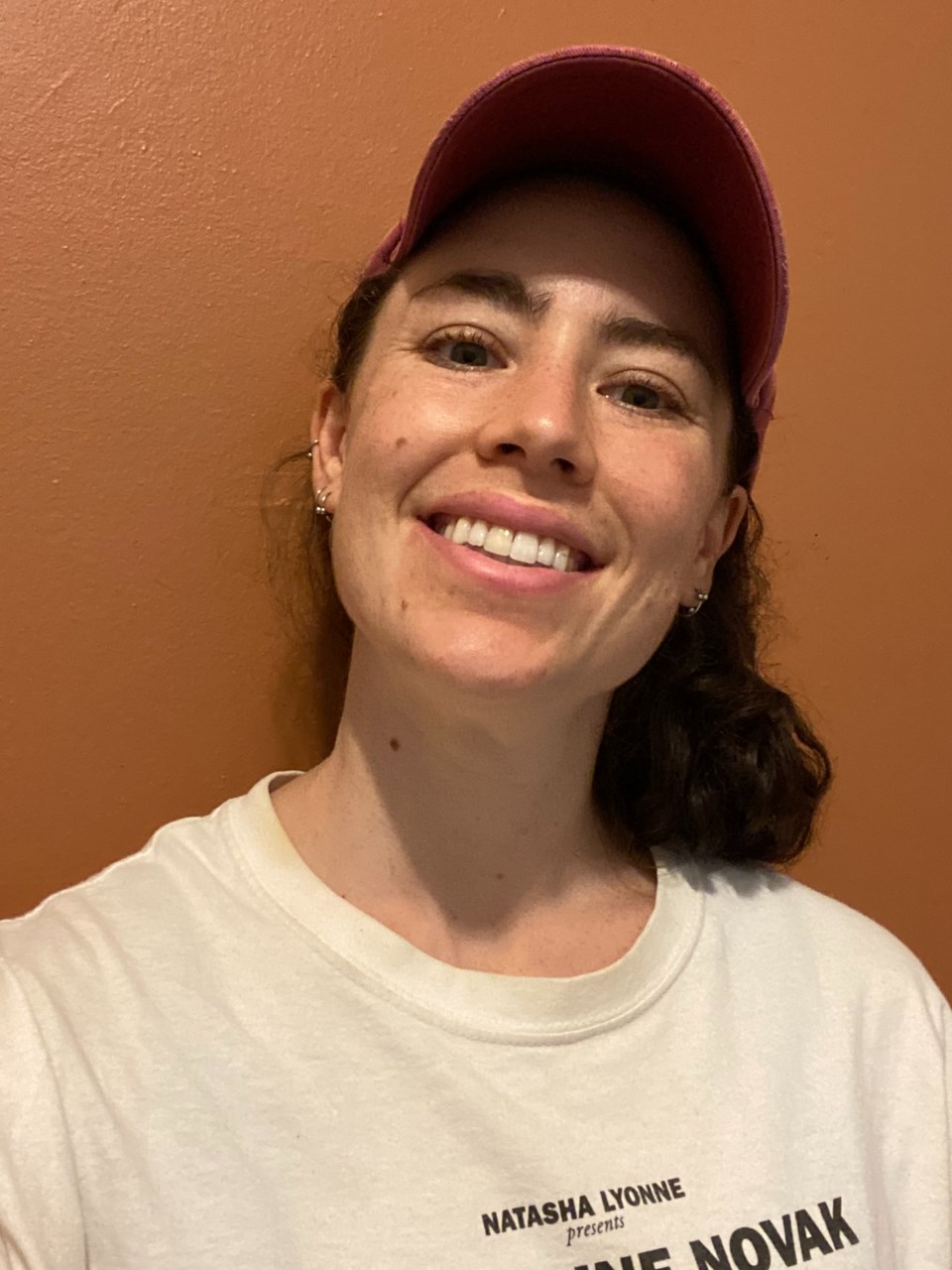A picketing Starbucks worker in Williamsburg. A professional Brooklyn Nets video gamer. A food distribution co-op member in Bed-Stuy.
These are just a few of the voices highlighted in the latest season of “Brooklyn, USA” — the podcast by Downtown Brooklyn’s cultural media institution BRIC — which calls itself an “occasional audio love letter from Brooklyn to the world.”
This season of the podcast takes an in-depth look at the past, present and future of work and the labor movement in Brooklyn and New York at large.
To do so, the podcast brings in Brooklyn’s historians, sociologists, artists, activists, unionizing workers and more through interviews and voice memos.
Each of the six episodes — presented as an audio podcast and a YouTube video playlist — discuss a different facet of labor in Brooklyn, ranging from how the pandemic changed the local landscape of the labor movement to what happens when a hobby becomes a full-time job.
What is the labor movement, you ask? Similar to other social movements, it is the ongoing organization of workers to fight for a better life: Safer working conditions, reasonable hours and fair wages.
Whether you work in a restaurant, at a desk or for a ride-share app, BRIC Radio’s Senior Producer Emily Boghossian wants you to know that you are part of the labor movement and therefore capable of achieving better conditions and having a work-life balance.
“[I want people to see] modeled alternatives to the way we work now,” Boghossian said of the podcast show, which is now in its seventh season.
“[Imagine] a future for work that is less s----- and extractive,” she said.
One group doing this workplace re-imagining is the Williamsburg Starbucks workers, who successfully unionized in June 2022.
Freelance producer Melanie Kruvelis interviewed these protesting baristas for episode 63, which she conceptualized: “Get Up, Get Down, Brooklyn is a Union Town.”
“One of the things that came out was the connection between Williamsburg as sort of the 'poster child' for gentrification and now these workers organizing,” Kruvelis said.
She is a graduate student at the City University of New York School of Labor and Urban Studies.
“Drawing the connection between these big forces that push people out of neighborhoods, the big money interests that change our neighborhoods are also the same sort of forces that are pushing folks to work collectively in their workplaces. It was an interesting way to zoom in on the labor story, not only what's New York City's role but how does this fit within other major issues in the city.”
BRIC itself is walking the walk: Its workers are unionized, which adds a personal layer to the recent season, Boghossian said.
“It is crucial to build people power,” she said.
BRIC Radio was started in 2016 by Sachar Mathias, and Boghossian was brought on shortly after to help develop the feel and sound of the network.
“Brooklyn, USA” has been around since 2017 and is the radio’s flagship show. The show is a non-fiction digital series that “delivers a mix of documentary, local journalism, personal narratives, sound art, poetry and audiovisual experimentation,” Boghossian told BK Reader. The most recent season came out weekly between November 2022, and December 2022.
One of the most exciting things about creating the season, both producers agreed, was the discovery that so much of New York City’s infrastructure — train stations, public cultural institutions and parks — were conceptualized, fought for and built by unionized laborers to improve peoples’ quality of life.
“It was interesting to me to learn a little bit more about how the labor movement specifically has brought us so much of free or low-cost infrastructure of the entire city,” Boghossian said.
“Some of the things that make New York ‘New York’ have that really strong connection to labor,” Kruvelis added.
Their spirited interviewee, author and CUNY professor Joshua Freeman, was particularly passionate about this.
“It's a good thing when you have to tell your interview subject 'Wait, you're pounding on the table a little too much,' in their enthusiasm,” Kruvelis said.
They’ll hope you feel the same way after listening. “Brooklyn, USA” is out now wherever you get your podcasts. For more information, click here.






